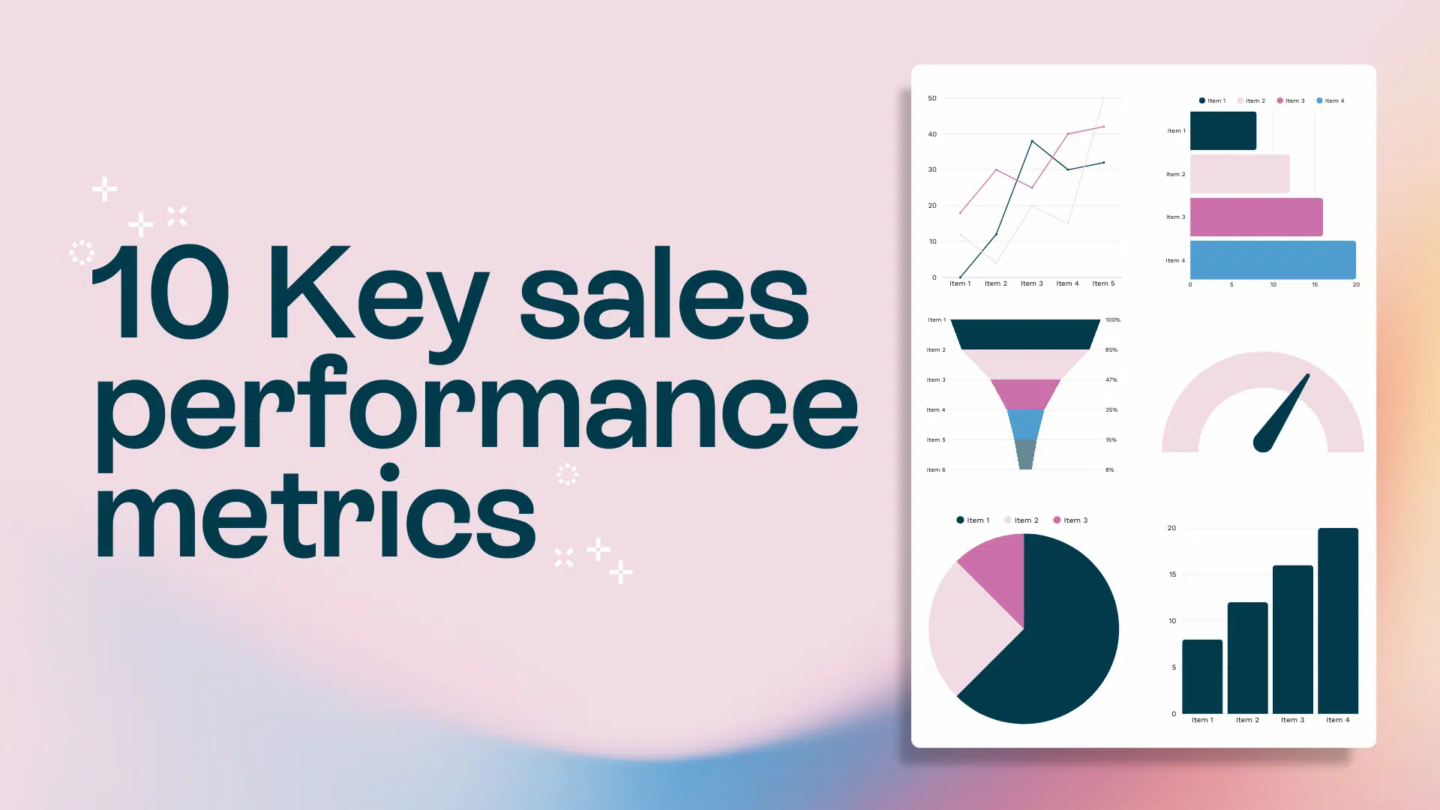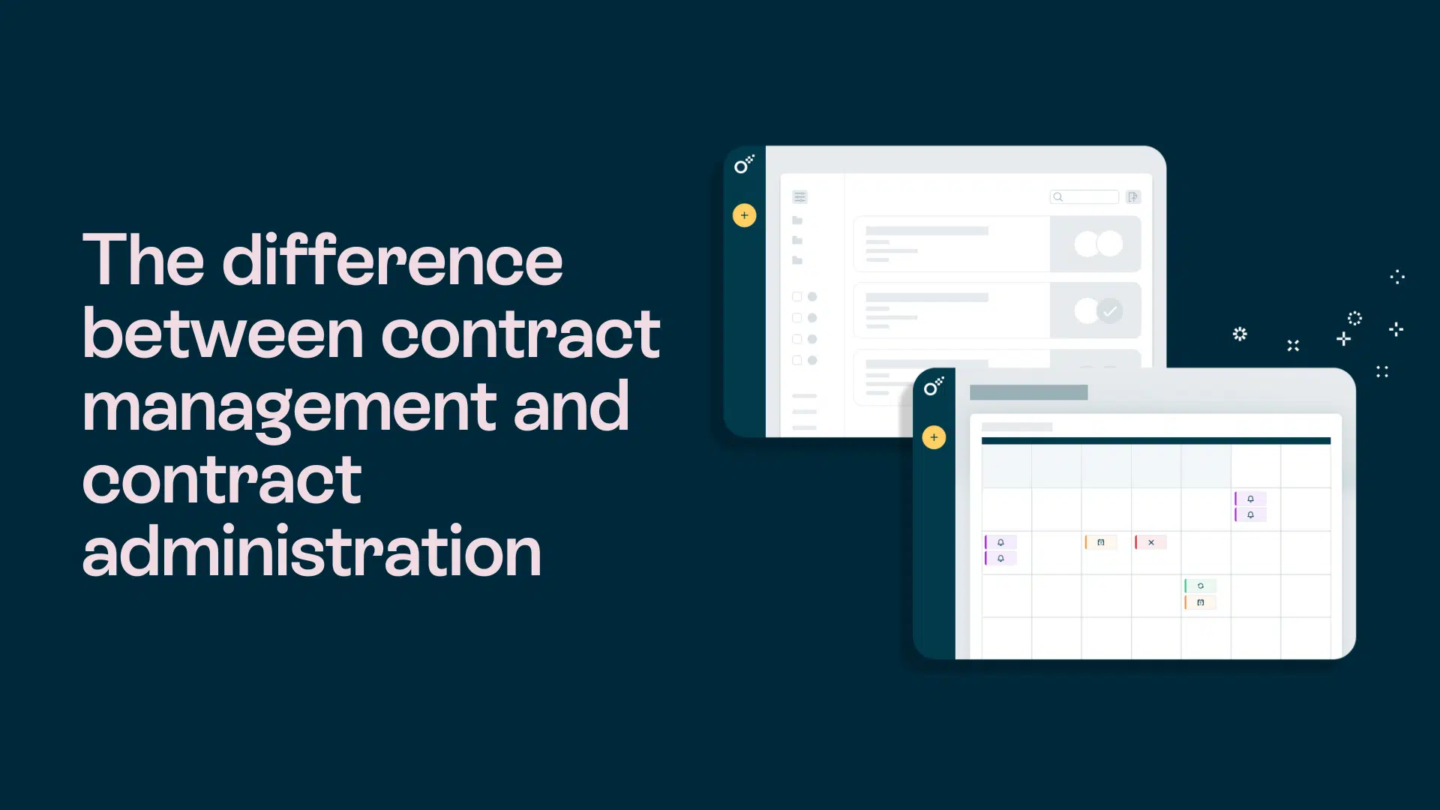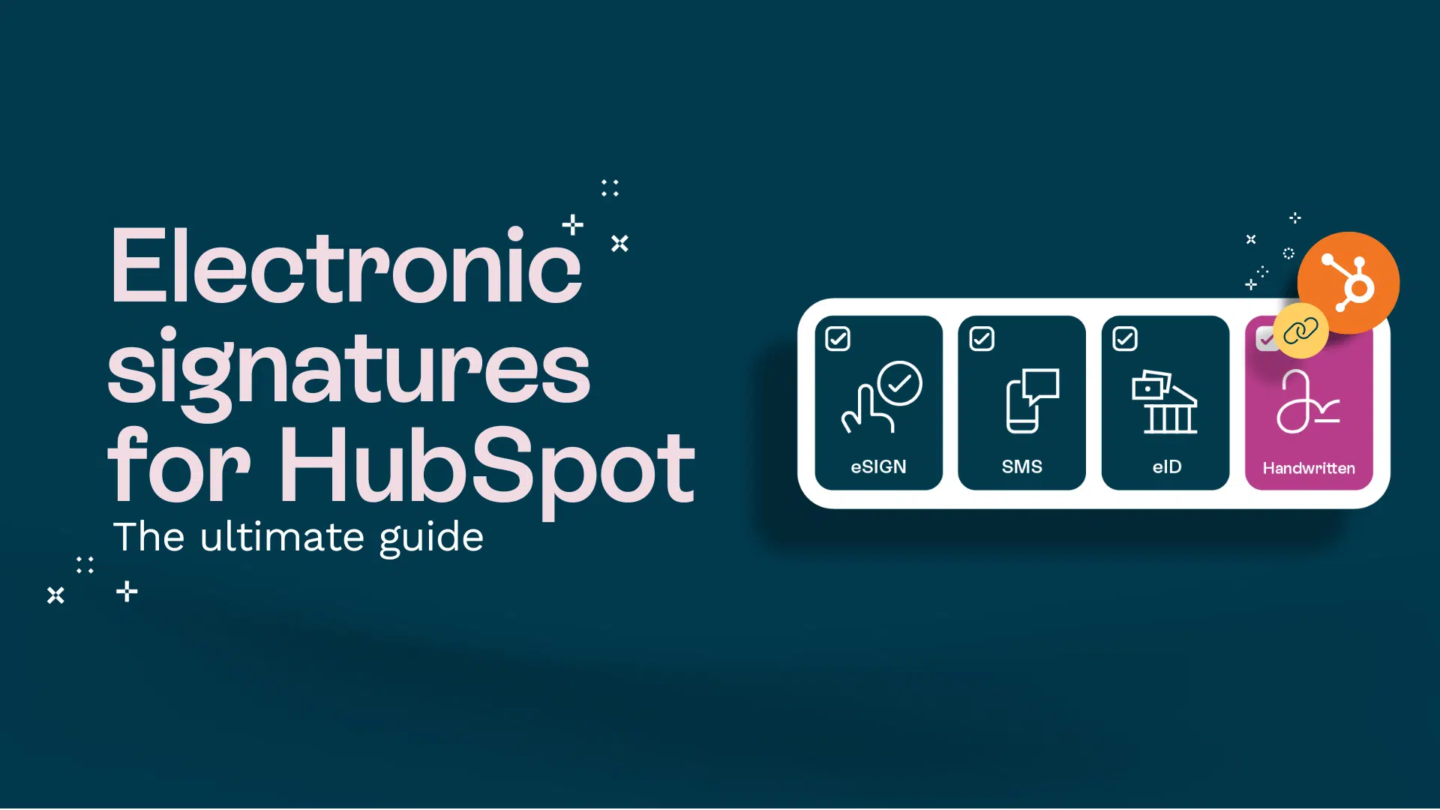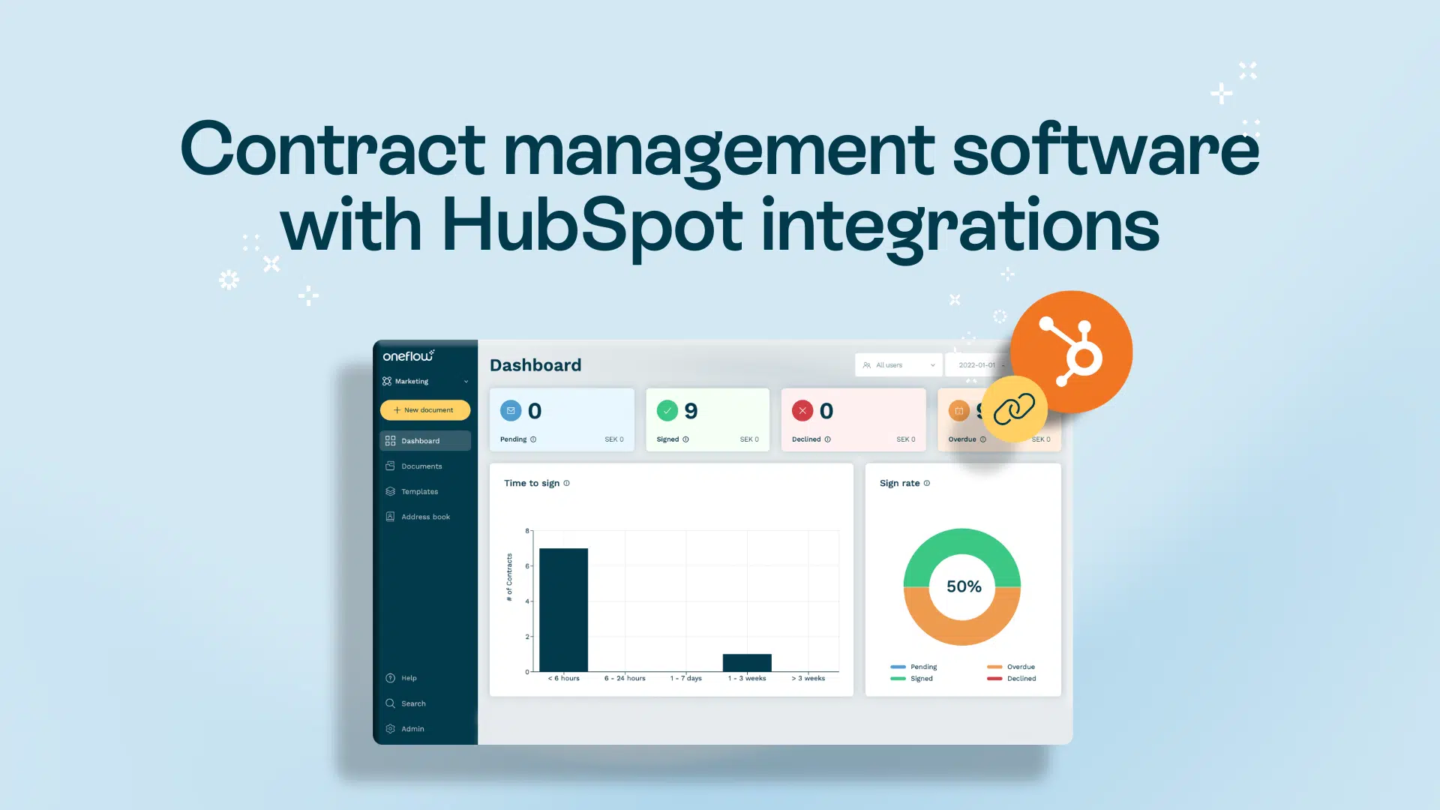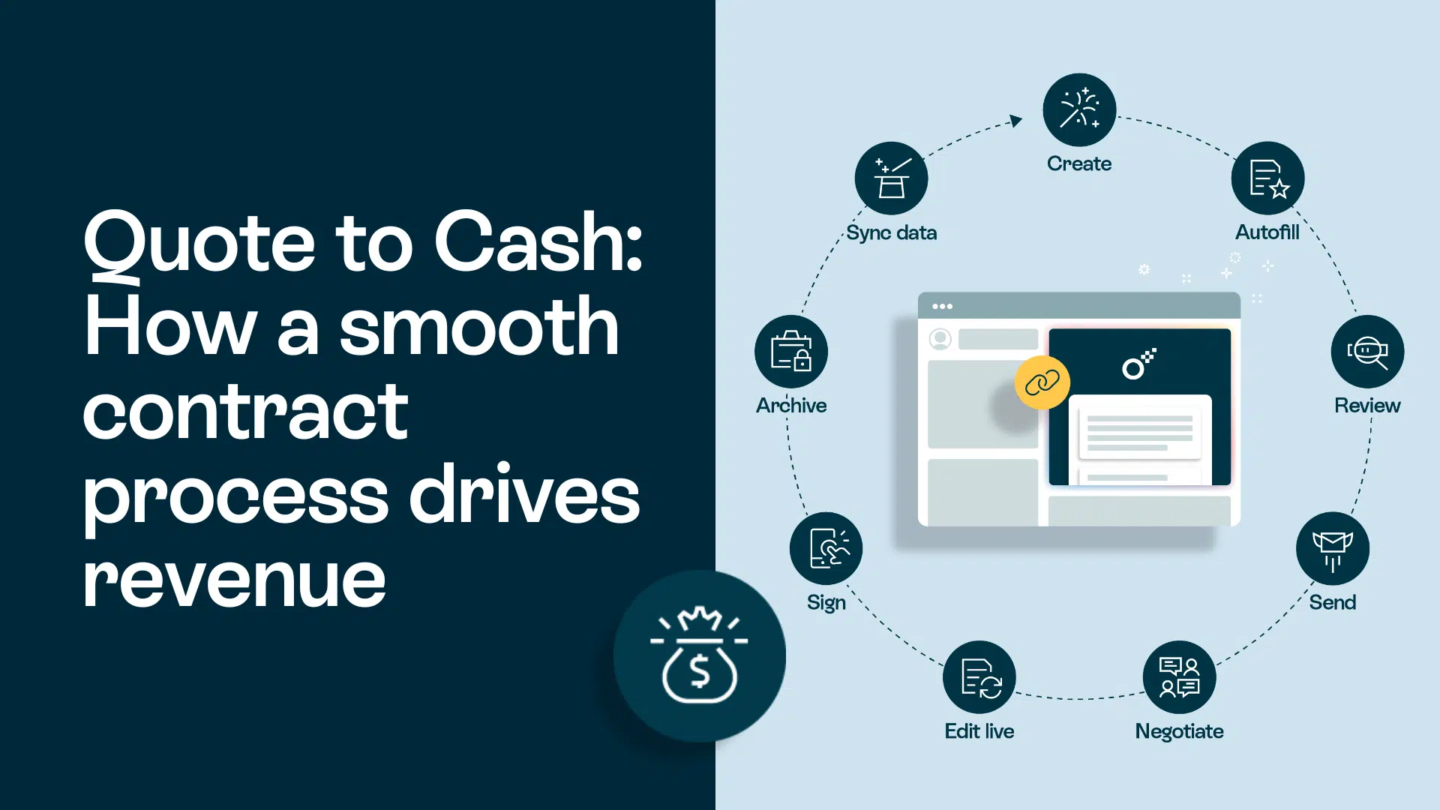For many organisations, contract management is seen as a necessary administrative task—a back-office function handled by legal and operations teams. But for CEOs focused on growth, efficiency, and competitive advantage, contract management shouldn’t just be a formality. When leveraged strategically, it can become a powerful business driver.

The hidden bottleneck CEOs overlook
Contracts are the lifeblood of business relationships, governing everything from customer agreements to vendor partnerships. Despite their importance, contract processes often suffer from outdated systems, manual workflows, and siloed information. This results in:
- Delayed deal cycles: Inefficient approval processes slow down revenue recognition. (Source: Forbes)
- Compliance risks: A lack of standardised terms increases exposure to legal liabilities. (Source: World Commerce & Contracting)
- Missed opportunities: Poor visibility into contract obligations leads to revenue leakage. (Source: Gartner)
While these issues may seem operational, they directly impact business growth, financial performance, and strategic agility—all of which sit at the top of the CEO’s agenda.
Read also: What is contract management? A complete guide
Rethinking contract management as a strategic asset
CEOs who view contract management through a strategic lens unlock significant benefits:
- Accelerated revenue cycles: Automating contract workflows reduces turnaround times, helping sales teams close deals faster. (Source: McKinsey)
- Enhanced risk management: Centralised contract repositories improve compliance and reduce legal risks. (Source: Forrester)
- Data-driven decision making: Advanced analytics offer insights into contract performance, helping CEOs identify trends and opportunities. (Source: Inc)
When contract management is optimised, it supports faster growth, stronger customer relationships, and improved operational efficiency.
The CEO’s blueprint for transformation
Transitioning contract management from a bottleneck to a business driver requires a clear, strategic approach:
- Diagnose the current state: Assess existing processes to identify inefficiencies, risks, and gaps in visibility. (Source: World Commerce & Contracting)
- Align with business goals: Ensure contract management objectives support broader company priorities, such as revenue growth, risk reduction, or cost optimisation. (Source: McKinsey)
- Invest in technology: Modern contract lifecycle management (CLM) platforms automate workflows, integrate with existing systems (like CRM and ERP), and provide real-time analytics. (Source: Gartner)
- Drive cultural change: Encourage cross-functional collaboration between legal, sales, finance, and operations to break down silos and promote process ownership. (Source: Forrester)
- Measure impact: Establish KPIs to track improvements in contract cycle times, compliance rates, and revenue realisation. (Source: Inc)
Key areas where CEOs can make an immediate impact
- Standardisation: Implement standardised templates to reduce negotiation cycles and maintain legal consistency. (Source: Forbes)
- Visibility: Adopt dashboards that provide real-time insights into contract status, approvals, and renewals. (Source: Gartner)
- Automation: Leverage AI and automation to manage routine tasks, freeing teams to focus on strategic activities. (Source: McKinsey)
- Compliance monitoring: Integrate compliance checks into the contract workflow to proactively identify risks. (Source: World Commerce & Contracting)
Contract management as a strategic lever
For CEOs, contract management isn’t just a legal or operational concern—it’s a strategic lever. By rethinking how contracts are created, managed, and analysed, leaders can transform what was once a business bottleneck into a key driver of growth, efficiency, and competitive advantage. (Source: Forrester)


